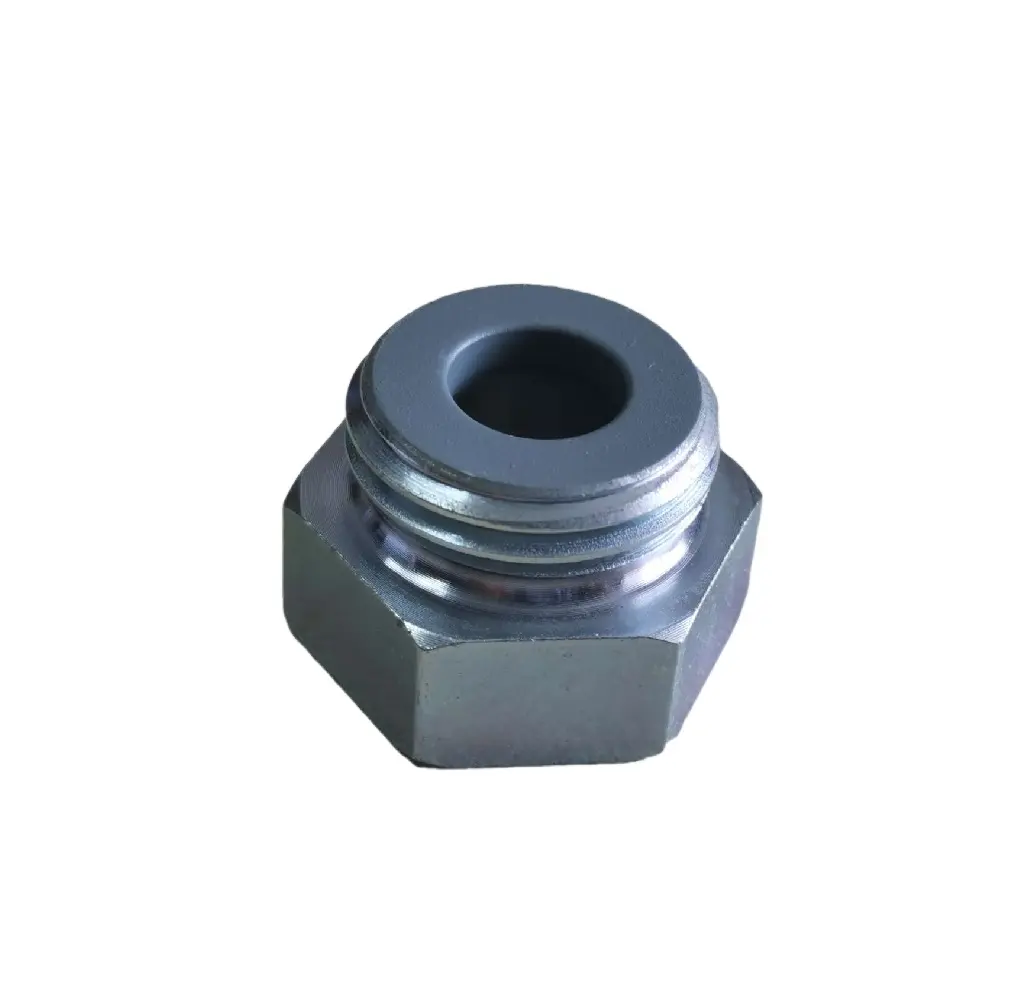How Do You Choose the Right Turning Insert for Your Application
2025-04-16
Choosing the right turning insert is key to getting the best performance from your machine and material. But with so many types available how do you know which insert is the right one for the job
The first thing to consider is the material you are cutting. Different materials require different insert materials and coatings. For example steel may need a different insert than aluminum or cast iron. Using the wrong insert can lead to premature wear poor surface finish or even tool breakage

Next think about the type of cut you need to make. Are you roughing or finishing Do you need to take off a large amount of material or make a light precise cut Roughing inserts are stronger and more durable while finishing inserts are sharper and produce smoother surfaces
Insert shape is also important. Common shapes include square triangle diamond and round. Each has its advantages. For example round inserts are strong and great for heavy cuts while sharp diamond-shaped inserts are better for fine detail work
Another factor is the insert grade and chipbreaker style. The grade affects how long the insert lasts and how well it handles heat. The chipbreaker controls how the material curls and breaks off during the cut which impacts surface finish and machine safety
Finally consider the machine itself. Some machines have limitations on insert size or toolholder type. Always match the insert to your machine’s capabilities to avoid performance issues
By understanding your material machine and machining goals you can choose the ideal turning insert that boosts productivity extends tool life and improves part quality


